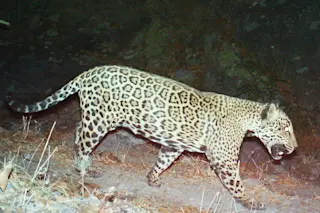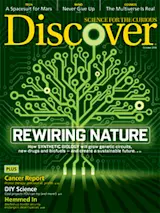We’re deep in the desert with the engine off. No sooner do we start to drive again than the fastest animal in America, the pronghorn, bolts out of the brush. I had been hoping to see one. White- and chestnut-colored, deep-chested and springy, it runs directly across the rutted track in front of the truck — and in an instant, it is gone.
“Robust,” is James Atkinson’s first comment. “They don’t stop and look back like a deer does. They keep going.” Atkinson works for the U.S. Fish and Wildlife Service (FWS) at Cabeza Prieta National Wildlife Refuge in Arizona. He heads the recovery team for the endangered Sonoran pronghorn, which some call an antelope, though technically it is not. A subspecies of the widespread North American pronghorn, it was first listed as endangered in 1967.
Twelve years ago, the U.S. population of Sonoran pronghorn fell to just 21 animals. ...















